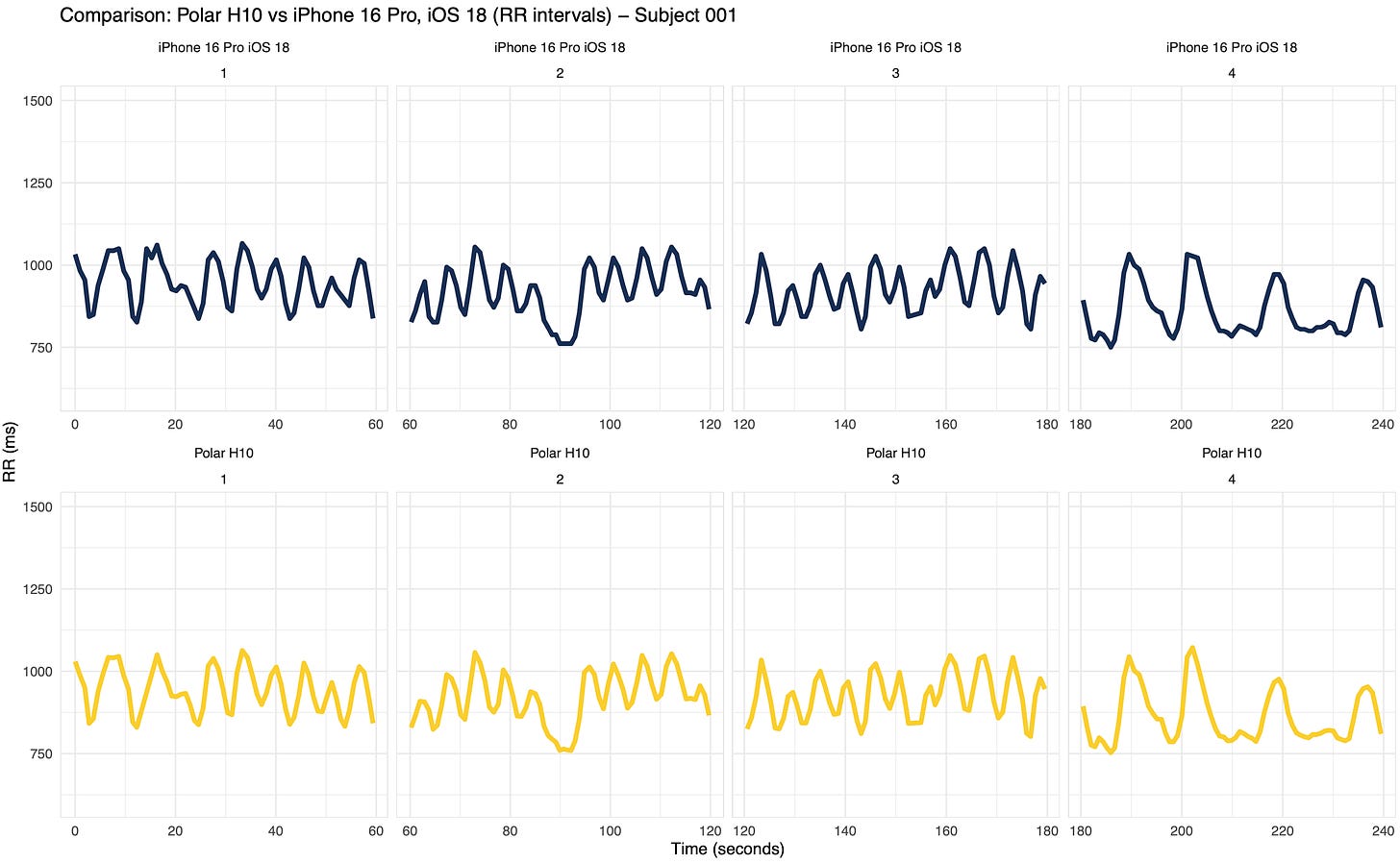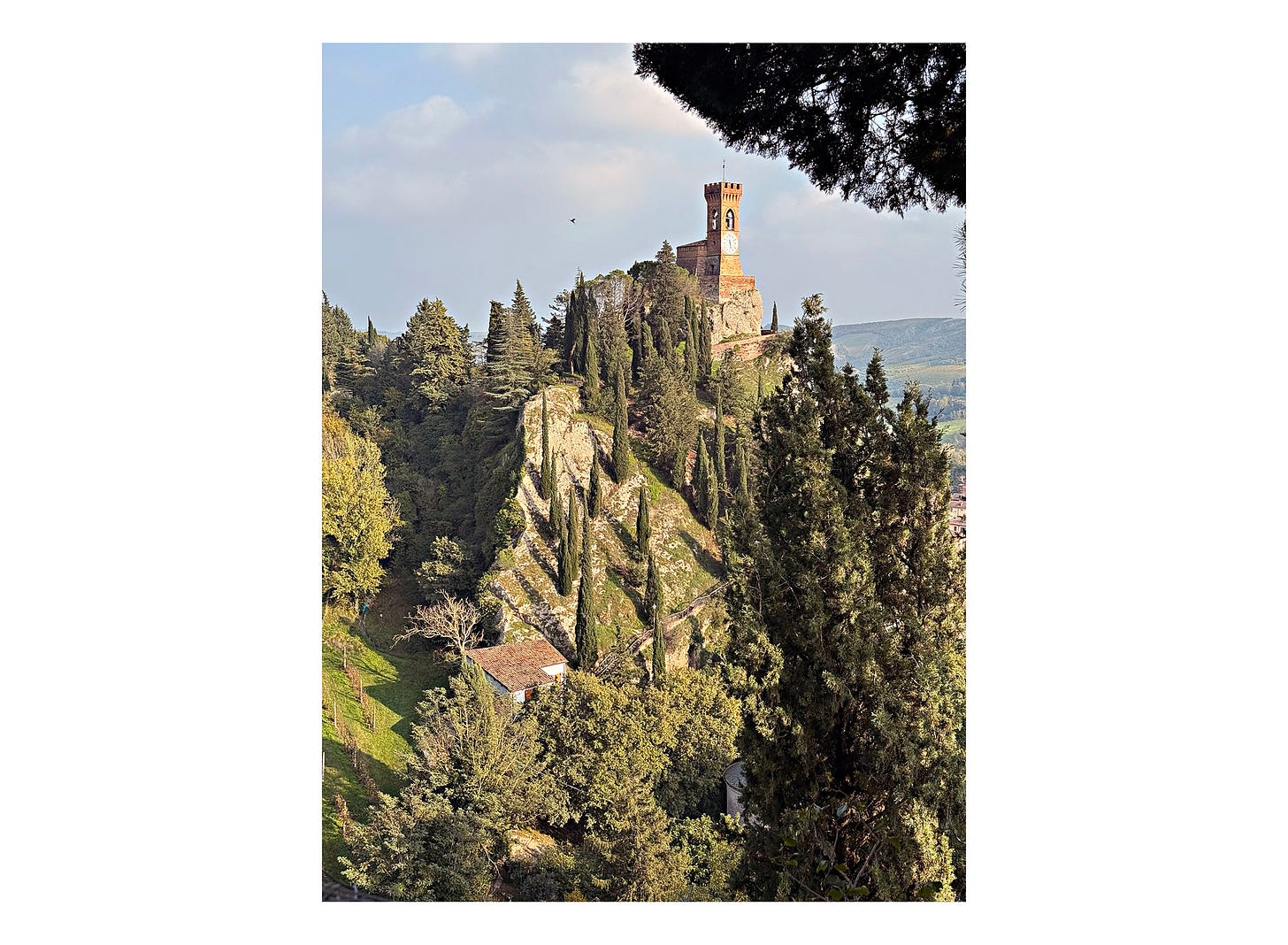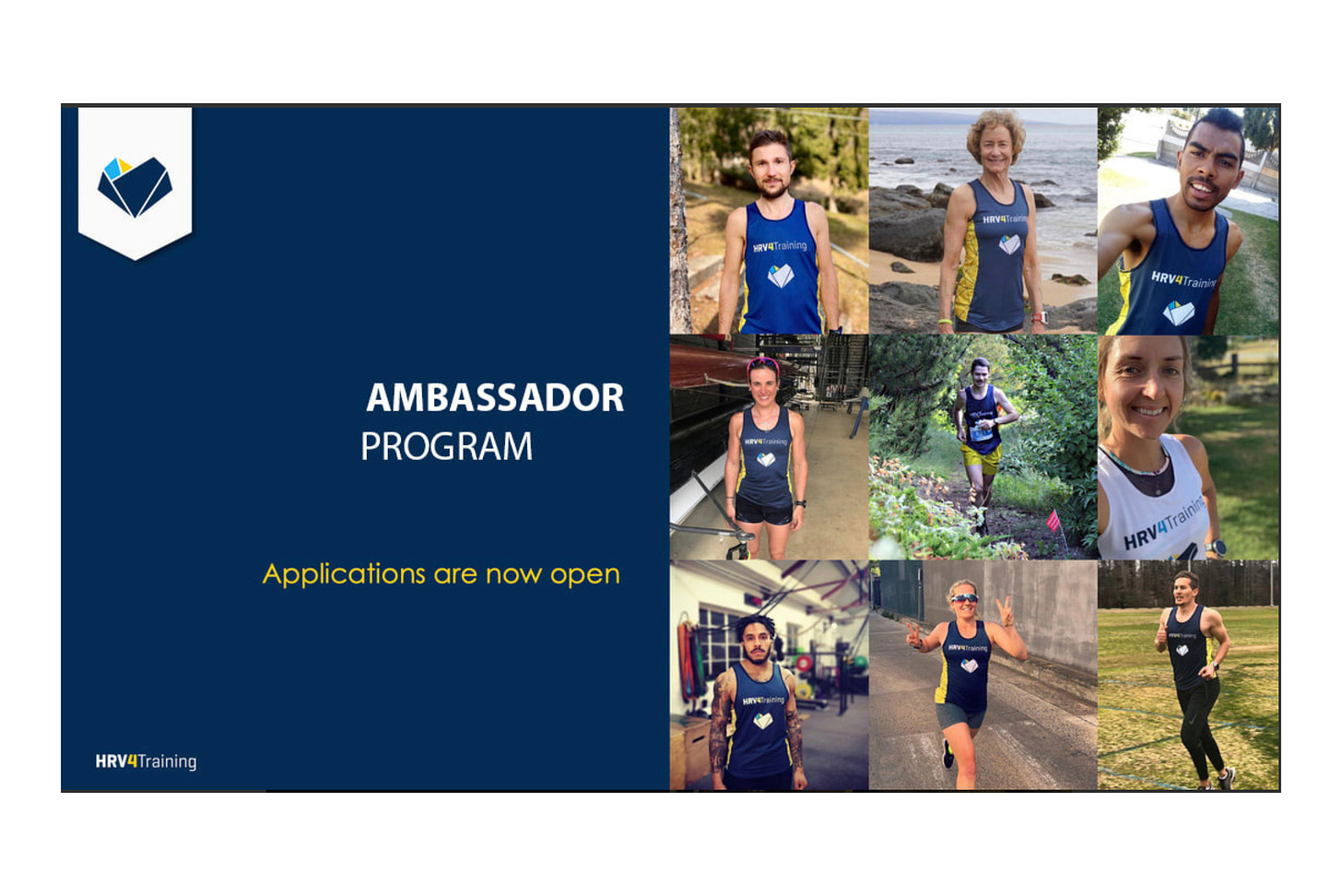Recent articles and updates [October 2024]
Heart rate variability, wearables, entrepreneurship, training talk and some ramblings
hi there 👋
I hope all is well.
Here is my newsletter including articles and updates from October 2024.
It’s been quite a productive month, discussing a few things from resting physiology, to exercise physiology, wearables, and more.
I hope you’ll find the articles useful and I would like to take the opportunity to thank you for your support.
Please feel free to comment below or in the articles should you have any questions, and I will follow up soon.
Take care!
Heart rate variability (HRV) 🫀
Cardiorespiratory fitness (VO2 max), heart rate and heart rate variability (HRV). As I am in the process of writing a book (more on this soon!), I have been thinking more about the relationship between cardiorespiratory fitness (VO2 max), heart rate, and HRV, and in particular about some of the mechanisms that might explain these differences in the usefulness of one metric or the other, in the context of estimating fitness. These differences and mechanisms are important because they allow us to use these metrics properly and avoid common misconceptions (e.g. thinking that a low heart rate as we age is a sign of ‘youth’ or better biological age, which is not the case). Learn more, here.
Slow-paced breathing after high intensity exercise. In a recent blog, I discussed temperature regulation during sleep and its impact on HRV and possibly recovery. Something else that has intrigued me in the past few years is the possibility of using breathing techniques to stimulate HRV, and possibly impact recovery, e.g. by quickening a return to normal in terms of nervous system activity after high-intensity exercise. I discuss it in more detail, here.
Q&A: What are your current thoughts on DFA (HRV during exercise), e.g. in Suunto's ZoneSense? I have received this question a few times since Suunto released their new feature using HRV (and detrended fluctuation analysis, or DFA) to determine exercise intensity, hence this blog post. Enjoy the read, here.

Wearables ⌚️
Everything Correlates. Yesterday morning I was reading two papers, both making somewhat bold claims. One mentioned that despite the lack of relationships between the menstrual cycle phase and perceived recovery, objective sleep quality was impacted. Another one claimed heart rate could be used to assess kidney function. There are two different issues here: one is the reliance on inaccurate output as a reference for our findings (e.g. the sleep study) while the other one is using loosely correlated parameters over a large population to infer unproven practical implications at the individual level. Learn more in my latest, here.
Podcasts and talks🎙️
HPX Performance Nutrition. It was a pleasure to speak at the HPX Performance Nutrition conference organized by Sport Ireland. In my talk, I tried to cover important differences between the various metrics wearables can provide, so that we can make a more effective use of the data in relation to our training, nutrition, and other interventions. If you weren’t able to attend, you can learn more about these topics in this blog post. I covered similar aspects in this article I wrote for the Gatorade Sports Science Institute and in our paper here, where we touch on similar topics in the context of the menstrual cycle.
Italian Olympic Committee: On November 26th I will speak about HRV at the Italian Olympic Committee. This is a remote talk, but it will be in Italian. Se interessate/i, potete registrarvi qui.
Other articles 📝
A few words from me in Sophie Raworth’s article on Runners World. You can find the full article here.
Case study: morning vs night HRV and using low-intensity exercise and slow, deep breathing to (possibly!) aid recovery. In this blog, I tried to put together an example of a few things I’ve discussed in recent posts and notes, to make it all a bit more practical. In particular, below I show issues with night HRV data when trying to determine recovery / readiness as well as how we could use low-intensity exercise and slow-paced deep breathing as recovery strategies. Check it out, here.
The Ultimate Guide to Heart Rate Variability (HRV): Part One. I have moved my guide to Substack, and improved the article adding a few more recent learnings. You can find parts one and two, here.
Building 🛠️
Extended support for iPhones 16 in HRV4Training. I have been working on adding compatibility for all new iPhone 16 models (with two or three cameras), and have already released updates for HRV4Training, HRV4Biofeedback (our deep breathing tool), and Camera HRV (our research app). Below is some data collected using an iPhone 16 Pro and compared against a chest strap, the Polar H10.

Beat-to-beat intervals collected with an iPhone 16 Pro and HRV4Training (top), vs a Polar H10 chest strap (bottom). Identical.
Our ambassadors’ program for 2025 is closing tomorrow. If you are passionate about sport and technology and have been using HRV4Training for at least 6 months, you can learn more and apply, here. Deadline is tomorrow, October 31st.
Training talk 🏃🏻♂️🚴
I’m quite happy with how training is going after summer, even though I am a bit slower than last year. I’m training high volume (140 km/week, with 4000m of vert), and most importantly, I’m being consistent with intensity, without physical problems. Not something I’ve written often in the past. This month I also raced twice, performing better than expected at Tre Monti, a fun, hilly race in Imola, then underperforming a bit at a 30 km in Parma, while maintaining the occasional weekend adventure. All good overall as I keep building for what’s to come (or in other words, the one and only, 100 km del Passatore).
Training log. As the name states, this is just my training diary for this year.
Ramblings 🤌
It will be no surprise to some of you that in the future I plan to work more with people and less with computers. As another step in that direction, I finished the UESCA ultrarunning coaching certification.
We have a race date for the next 100 km del Passatore: May 24th-25th, 2025. 7 months from now. The 100 km del Passatore is the oldest ultramarathon in Italy, which goes from Florence to Faenza across the scenic yet demanding Appennine mountains. Here is my training and race report for this year’s race, just in case you are in the mood to join me for this adventure next year. See you in Florence?
I was recently catching up with Jason Koop’s podcast and listened to two episodes that you might find interesting. In particular, our work with HRV4Training is mentioned twice, first in Jason’s conversation with Luca Filipas, in which they discuss periodization. In a second episode discussing race recovery with Neal Palles and Adam Ferdinandson, Jason covers HRV again in this specific context, highlighting once again many important points. You can find both episodes linked here.
I’ve added a few key pointers to my article covering morning vs night data for HRV measurement, check it out here.
Calanchi and low clouds on an early morning run in Brisighella.
That’s a wrap for this month.
Thank you for reading, and see you next month!
Recent newsletters:
Marco holds a PhD cum laude in applied machine learning, a M.Sc. cum laude in computer science engineering, and a M.Sc. cum laude in human movement sciences and high-performance coaching.
He has published more than 50 papers and patents at the intersection between physiology, health, technology, and human performance.
He is co-founder of HRV4Training, advisor at Oura, guest lecturer at VU Amsterdam, and editor for IEEE Pervasive Computing Magazine. He loves running.
Social:
Twitter: @altini_marco (currently inactive)
Personal Substack








Your output on writing and research, podcasts and so on is really 'wow'!